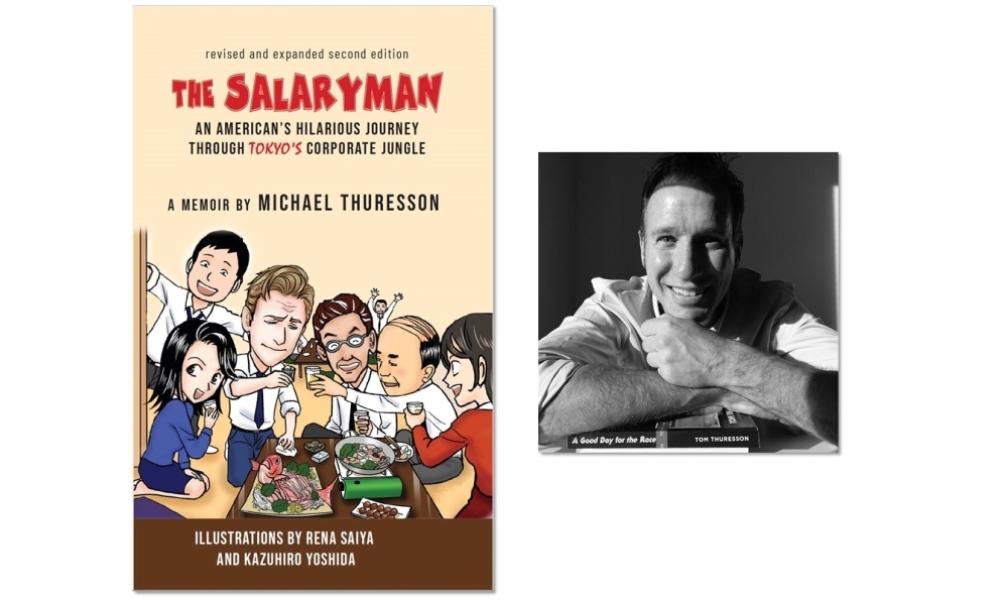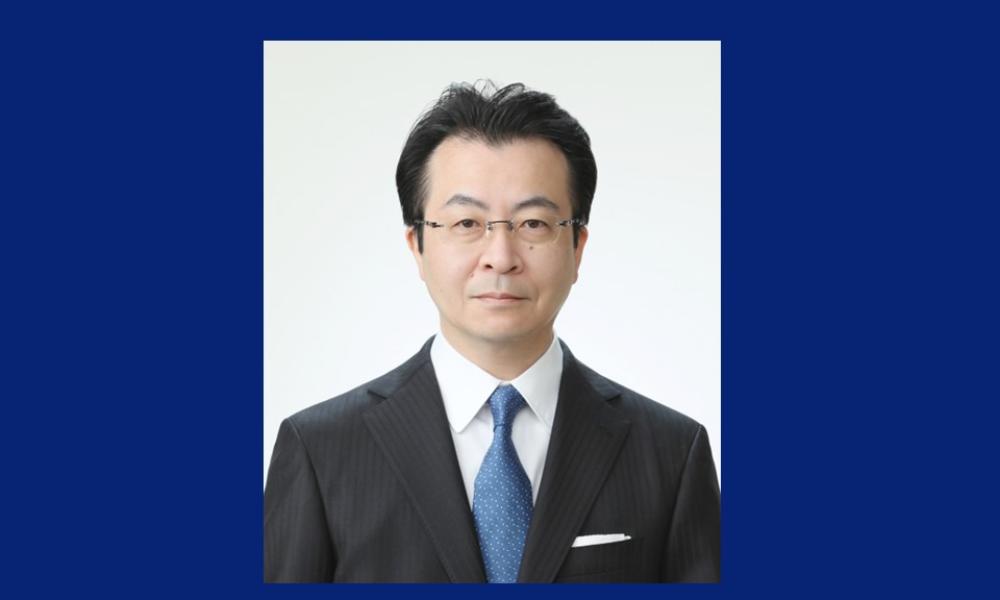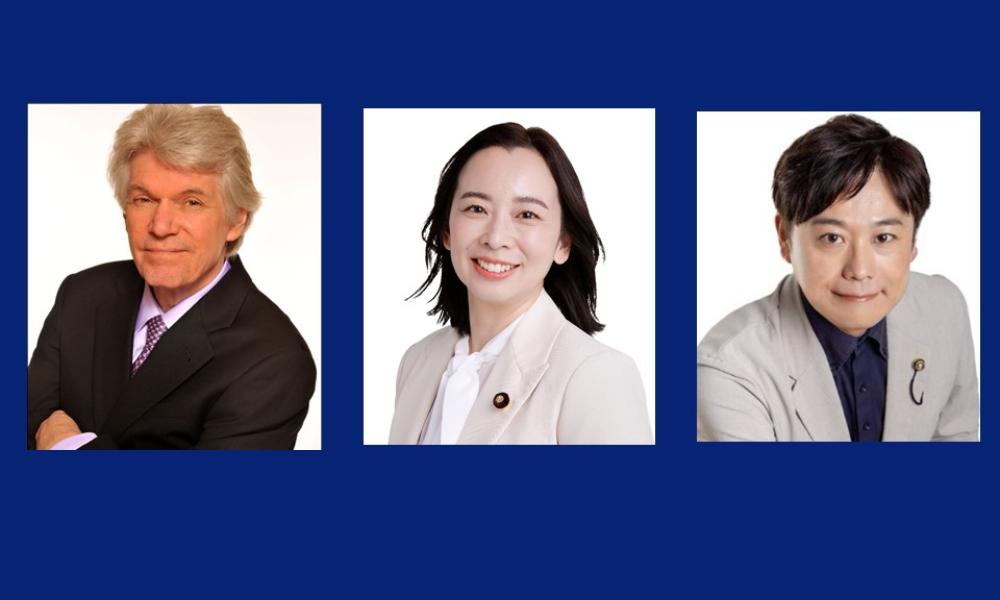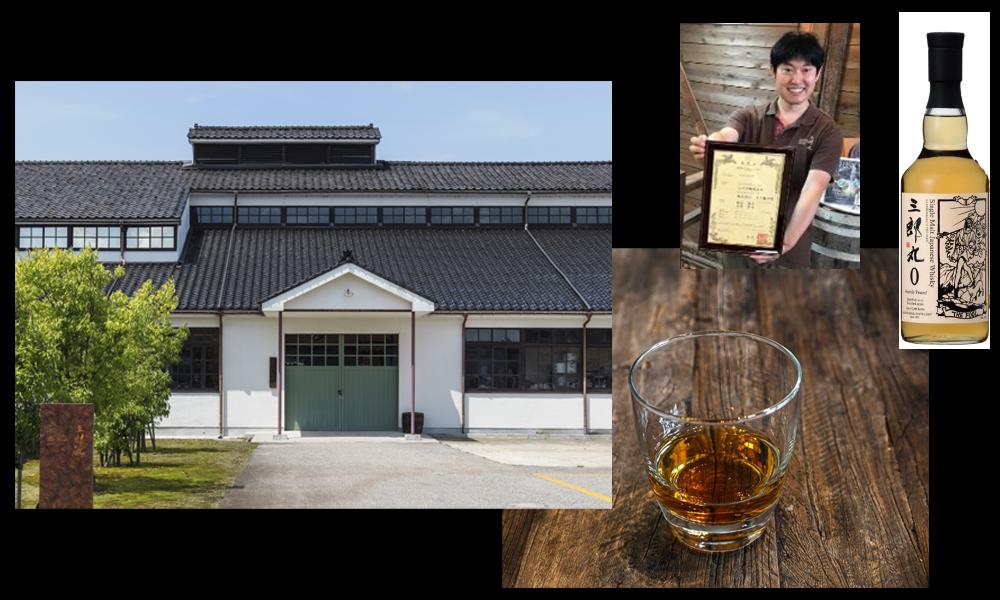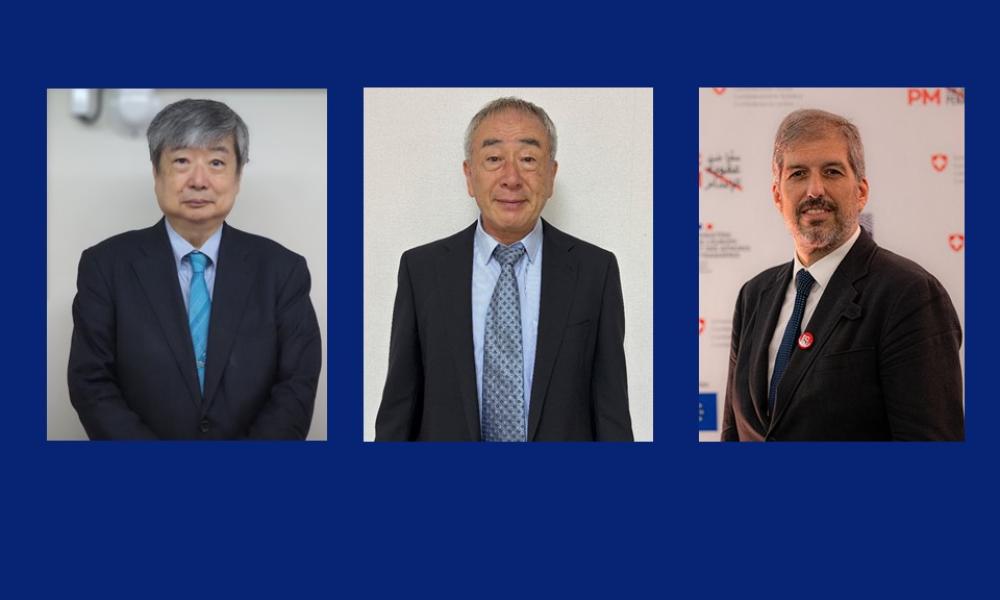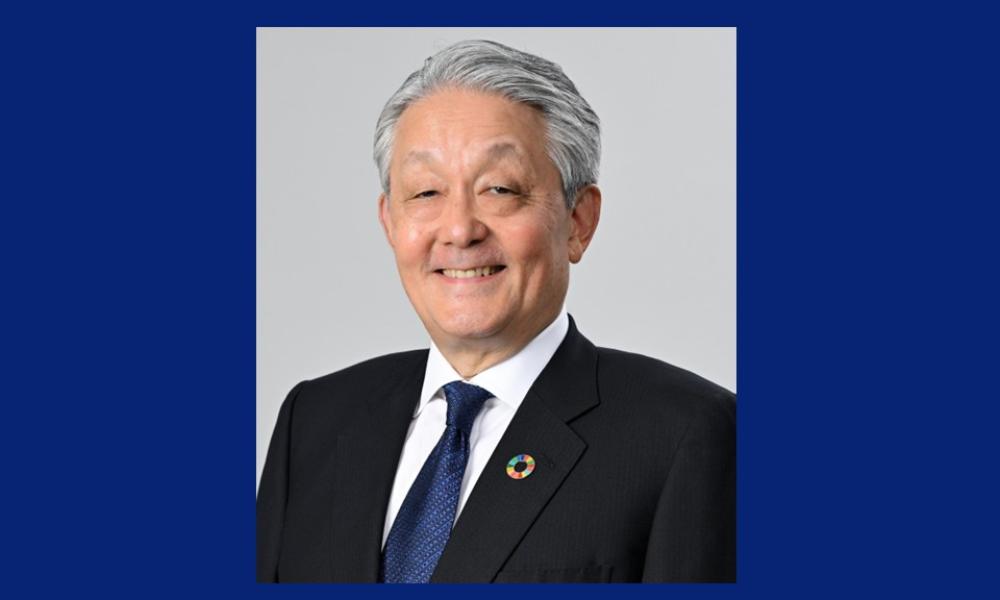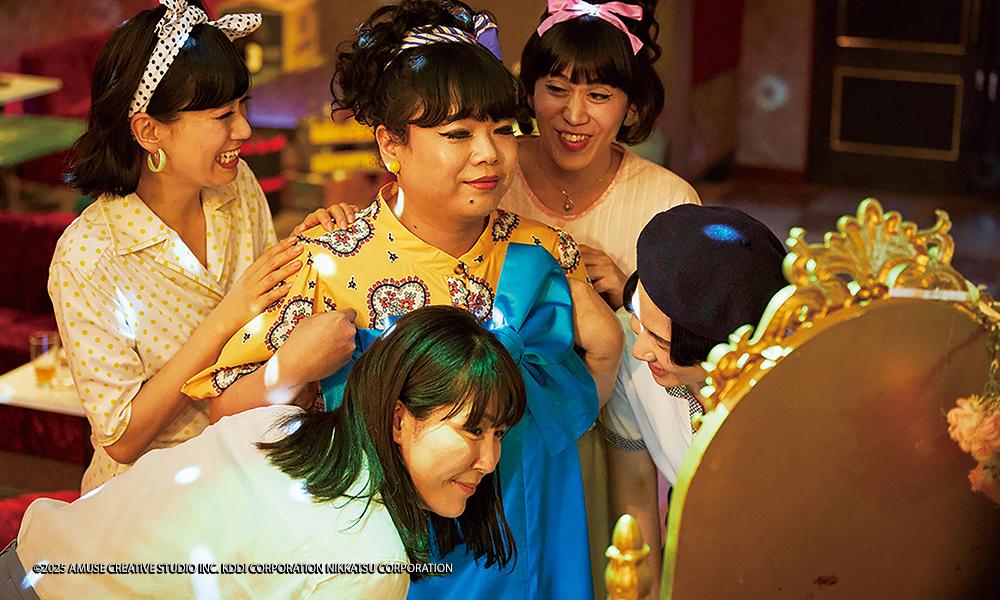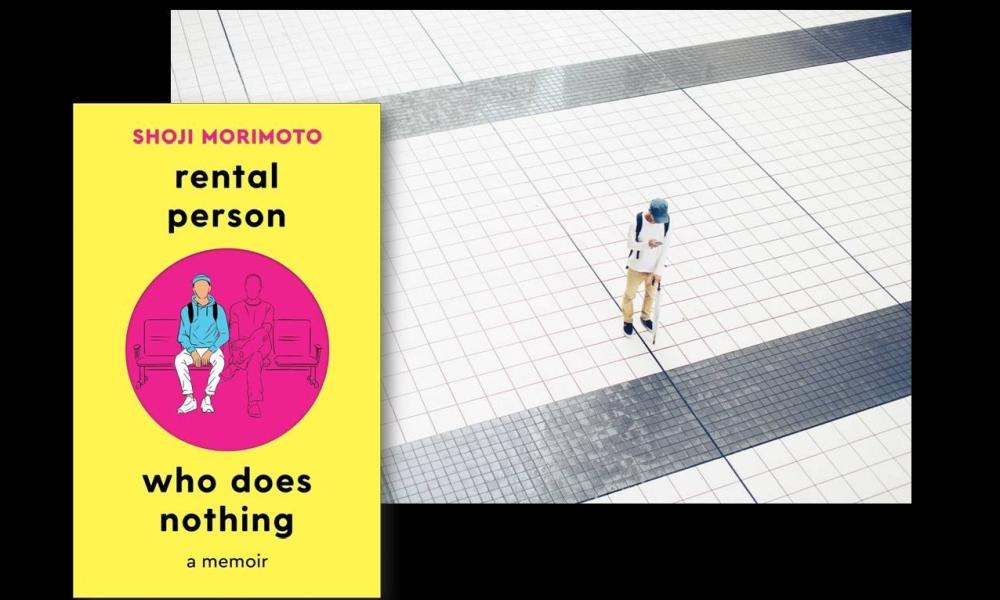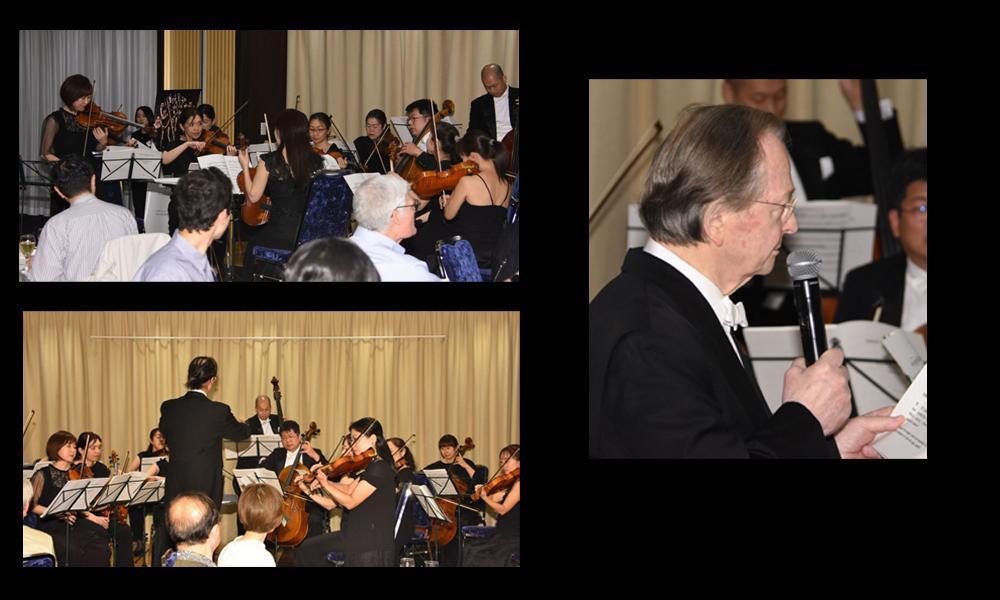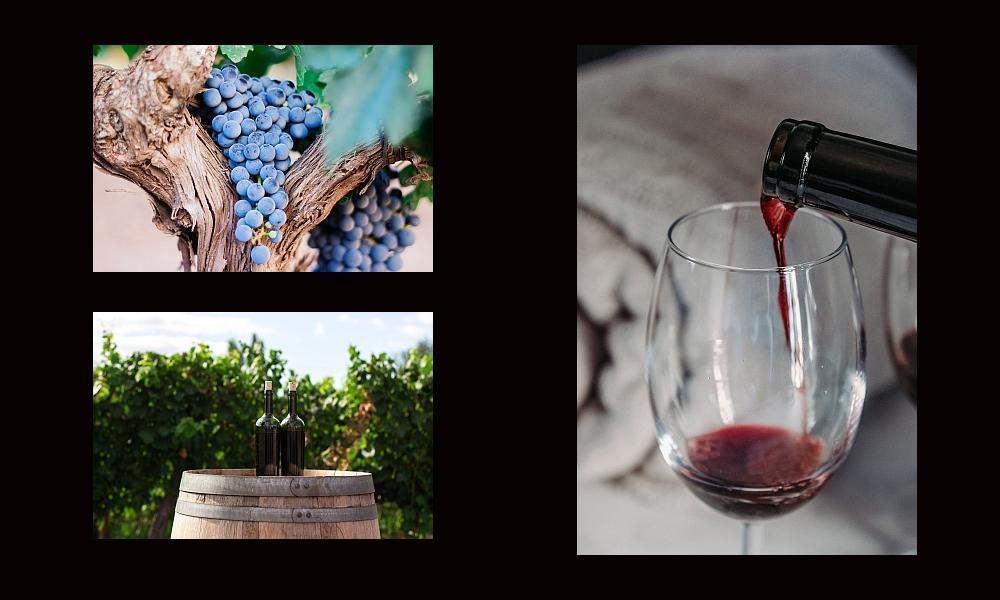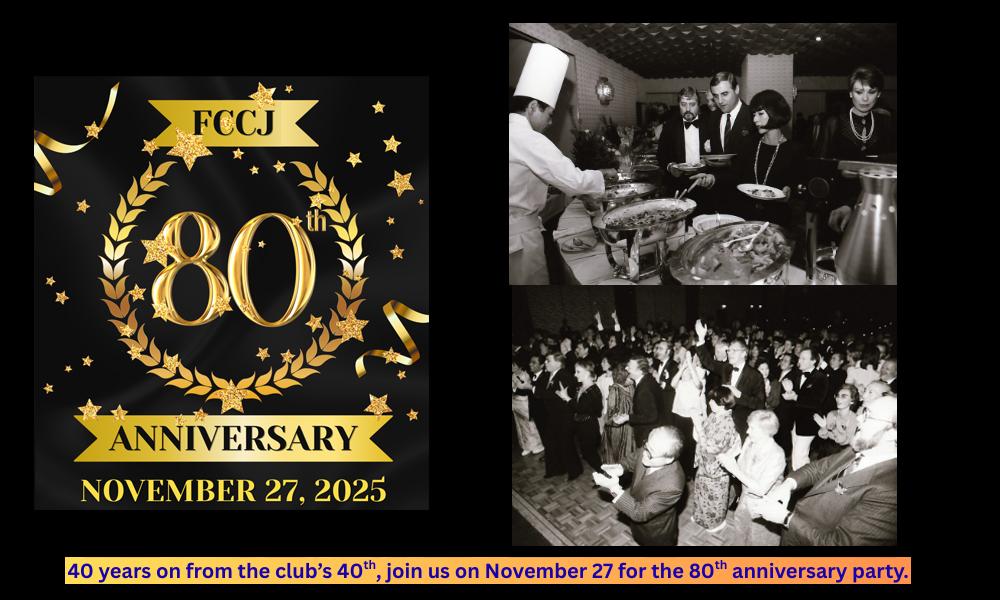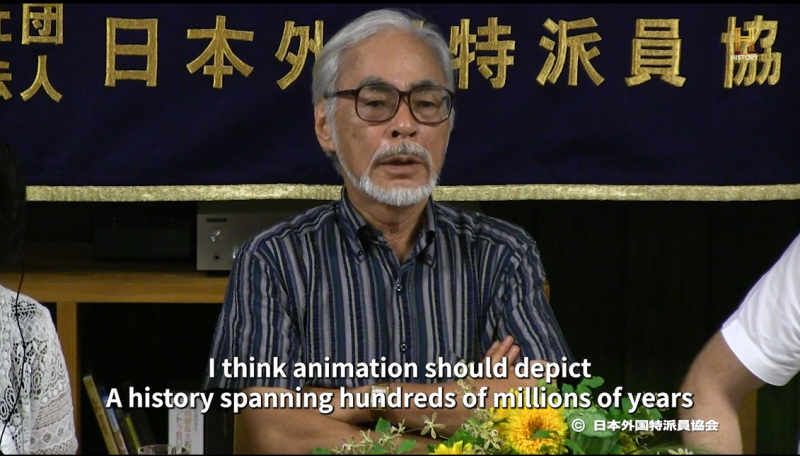Shuri Obayashi: Wind Chimes
An Exhibition of Ink Wash Paintings
Nov. 1 - Nov. 7, 2025

Winds have presence in Shuri Obayashi’s paintings, from which derives the exhibition title "Wind Chimes." Featuring thirty of her works, this show marks Obayashi’s first solo exhibition in Tokyo.
Obayashi's pursuit of suibokuga began in Kyoto in 2015. At the prodding of her husband, then on sabbatical leave at Kyoto University, she signed up for a workshop led by the master painter Li Geng. She immediately took to the ink wash style where fluidity of water plays a vital role. "It paves way for the particles of sumi to seep deeply into the paper's fibers," she says. "The process infuses poetry of unpredictability and of life."
The traditional art form originated in China during the Tang dynasty with the literati of the era depicting visions of an ideal world. It arrived in Japan in the Kamakura era; Buddhist monks borrowed its techniques to produce zen-ga.


